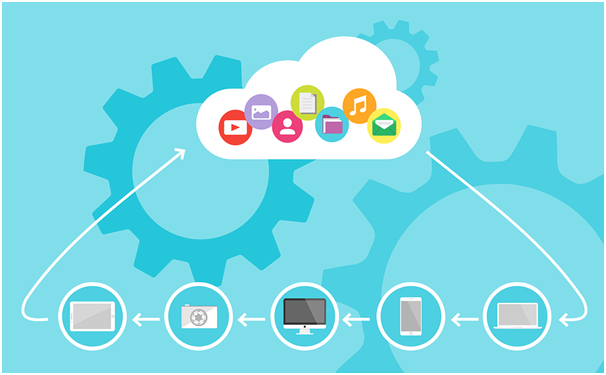The success of most businesses nowadays depends on technology.
Before the advent of cloud computing, most companies spent a lot of time as well as money on IT infrastructure. This roadblock has disappeared today.
What are the prime advantages of cloud computing?
- Secure
- Scalable
- Cost effective
However, though cloud computing comes with a bunch of advantages, cloud migration can be a painstaking job.
Did you know?
According to a survey, only 27% respondents were satisfied with the process of cloud migration.
For cloud migration, it is crucial to undertake proper planning and testing.
What is Cloud Migration?
Cloud migration refers to the process of shifting from legacy or on-premises infrastructure to cloud. Software and hardware are considered as legacy if they are outdated but still in use.
Cloud migration is similar to physically moving from one office space to another with the difference that it involves moving applications and data from one data centre to another rather than moving computers, chairs or tables.
Cloud Migration Steps
To successfully move from your present IT infrastructure to cloud, you must undertake a thorough research. Here are a few steps to a successful cloud migration.
- Assess existing applications, resources and cost.
- Select the applications to migrate.
- Choose the cloud partner.
- Plan and execute migration.
- Monitor and fix issues as required.
Though here we discussed a few steps to cloud migration, no two organisations are same. So, there is no one size fits all approach in this case. Customise the above-discussed steps depending on your requirement.
Pros and Cons of Cloud Migration
Cloud is regarded as one of the most significant needs to stay relevant in these competitive times. So, let us take a look at the benefits of cloud migration now:
- Enhanced scalability
- Faster deployment
- Improved efficiency
- Better data security
- Reduced cost
- Better storage
- Easier acquisitions
- Better employee collaboration
- Reduced IT infrastructure complication
The process of cloud migration comes with the following disadvantages:
- Expense: Migration to cloud can be very expensive. Make sure you estimate the financial impact before embarking on the project.
- Security Concerns: Observe caution while integrating a new technology in your infrastructure. A third party will be storing the data. Your success depends on the trustworthiness of that party.
- Hard Work: You will face several challenges apart from technical challenges. Prepare yourself and your employees in advance.
- Training Employees: Your employees had the knowledge to use the earlier infrastructure. After the migration, you must introduce them to this new technology.
How to Mitigate Cloud Migration Risks
I have enumerated both the pros and the cons of cloud migration. Do not be disappointed seeing the many cons of the cloud migration process. You can take some measures and reap the many advantages despite the challenges faced.
Use Encrypted Files: This will protect you if the files are stolen or lost.
Take Backups Regularly: Data security remains ensured.
Determine Risk: Always hire a commendable agency to reduce risk.
Cloud migration comes with a series of advantages. We have highlighted only some of them. Start using it to discover the hidden gems.




